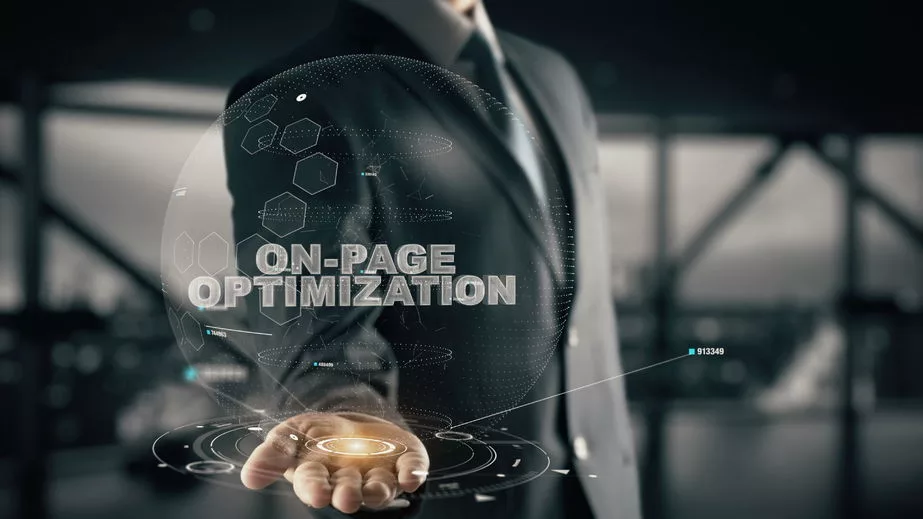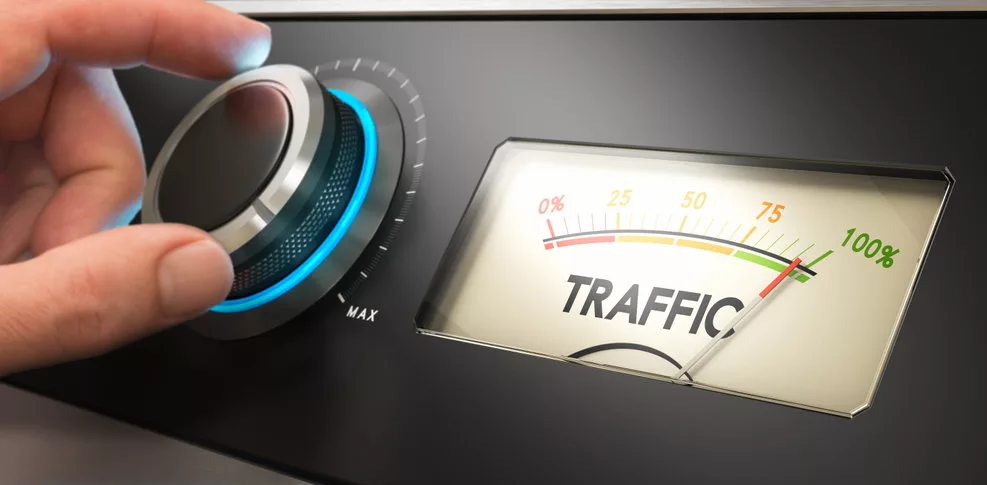On-Page SEO: A Semi-Comprehensive Guide for the Casual Learner

If you’ve ever dabbled in the vast world of digital marketing, created a website of your own, or started your own business, you’ve likely come across the term “SEO” or Search Engine Optimization. In this blog post, we’ll dive deep into one of its fundamental components: on-page SEO. By the end of this read, you’ll have a clearer understanding of what on-page SEO is, why it matters, and how to implement it on your website.
What is On-Page SEO?
On-page SEO, as the name suggests, refers to all the strategies implemented directly on the webpage to improve its position in the search rankings. It encompasses everything from the content you write, the images you use, to the HTML source code of a page.
Why is this Important?
Search engines, like Google (and many others!), aim to provide users with the most relevant and high-quality content based on their search queries. To determine which content is the best fit for a user’s search, search engines use algorithms that analyze webpages based on a multitude of factors. On-page SEO ensures that your website communicates its content effectively to these search engines. By doing this, the goal is to provide a user with an accurate solution as quickly as possible.

Key Elements
1. Keywords: These are specific terms or phrases that users type into search engines. You’ll want to include relevant keywords in strategic places on your page, such as in the title, headings, and throughout the content. However, be careful not to “stuff” your content with keywords, you never want Google to interpret your content as “spammy.”
2. Meta Tags: These are snippets of text that describe a page’s content and don’t appear on the page itself but in the page’s HTML. The most crucial meta tag is the meta description, which provides a brief overview of the page’s content and often appears below the page title in search results.
3. URL Structure: A clean and descriptive URL can provide both users and search engines with more information about the content of the page. For example, `www.example.com/on-page-seo-guide` is more informative than `www.example.com/page123`.
4. Header Tags: Organizing your content with header tags (H1, H2, H3, etc.) helps search engines understand the structure of your page. Your main title should always be an H1, with subsequent headings being H2, H3, and so on.
5. Image Optimization: Images can enhance your content but can slow down your webpage if not optimized. Use relevant file names, compress images to reduce size, and use alt tags (a description of the image) to make it accessible and understandable to search engines.
6. Internal Linking: By linking to other pages of your website within your content, you can help search engines understand the structure and relationship of the content across your site. It also helps in keeping visitors engaged by directing them to related content.
7. Mobile Optimization: With an increasing number of users accessing websites via mobile devices, ensuring your site is mobile-friendly is crucial. This means making sure your website looks good and functions well on mobile screens. When you look at our marketing content, we refer to this as “responsive design.”
8. Page Speed: A slow-loading page can deter users and negatively impact your search rankings. Optimize images, reduce unnecessary plugins, and consider using a content delivery network (CDN) to speed up your website. It’s important to know that a delay of 1-second in load times can reduce mobile conversion by 20%. And if you found yourself wondering whether Mobile Optimization and Page Speed were part of our post on Technical SEO, they were!

On-page SEO might sound a bit like the technical SEO we previously discussed (and there is some overlap), but at its core, it’s about providing the best possible content for users and making sure search engines can recognize and rank that content appropriately. By paying attention to the elements mentioned above and regularly updating and refining your content, you’ll be well on your way to improving your website’s search performance.
Remember, while on-page SEO is crucial, it’s just one piece of the larger SEO puzzle. Off-page SEO, which involves strategies outside your website like backlink building, is equally essential, and we will be discussing it in our next post. Stay tuned for more posts on this topic, email support@strottner.com with your questions or for a free review of your site, and happy optimizing!





